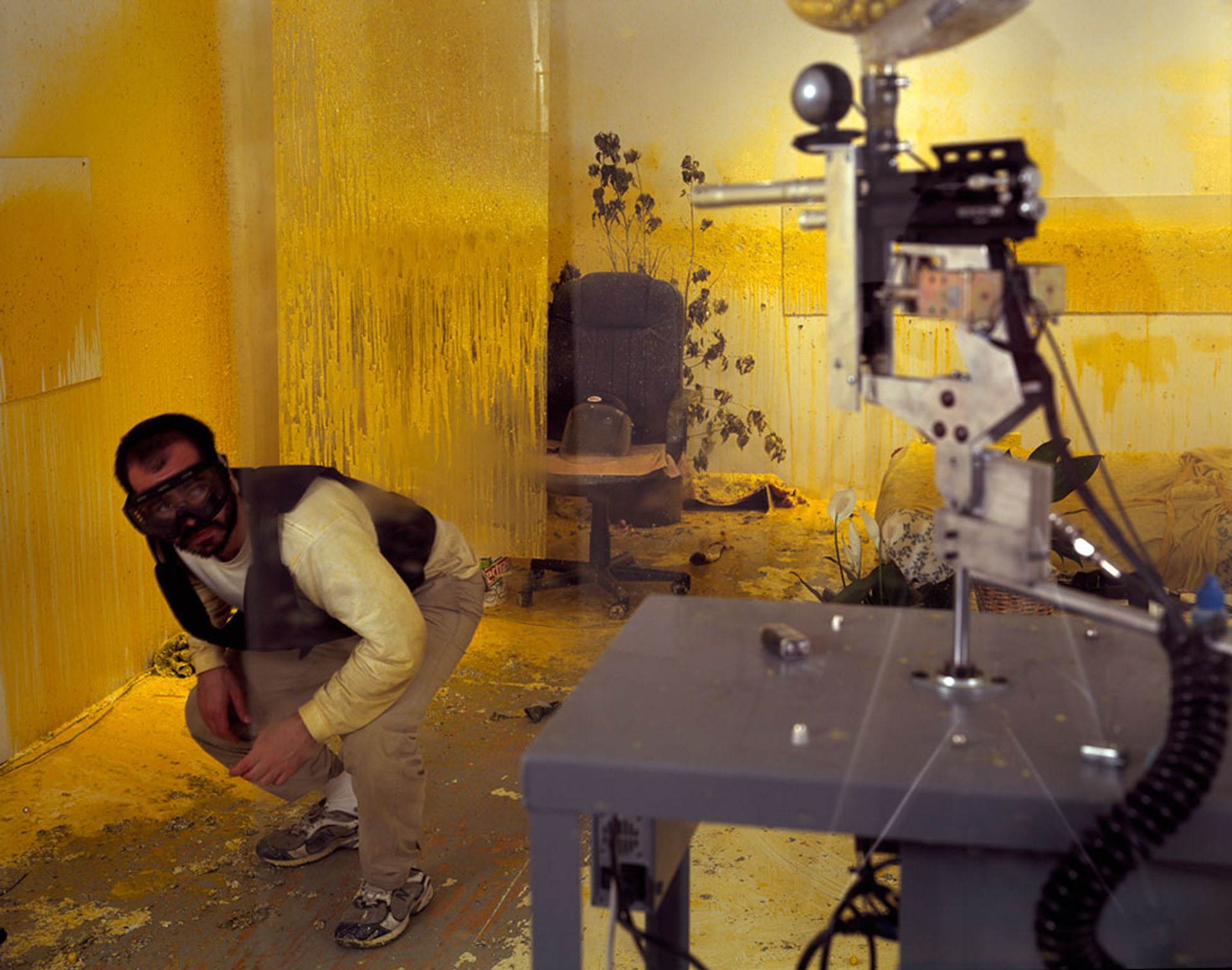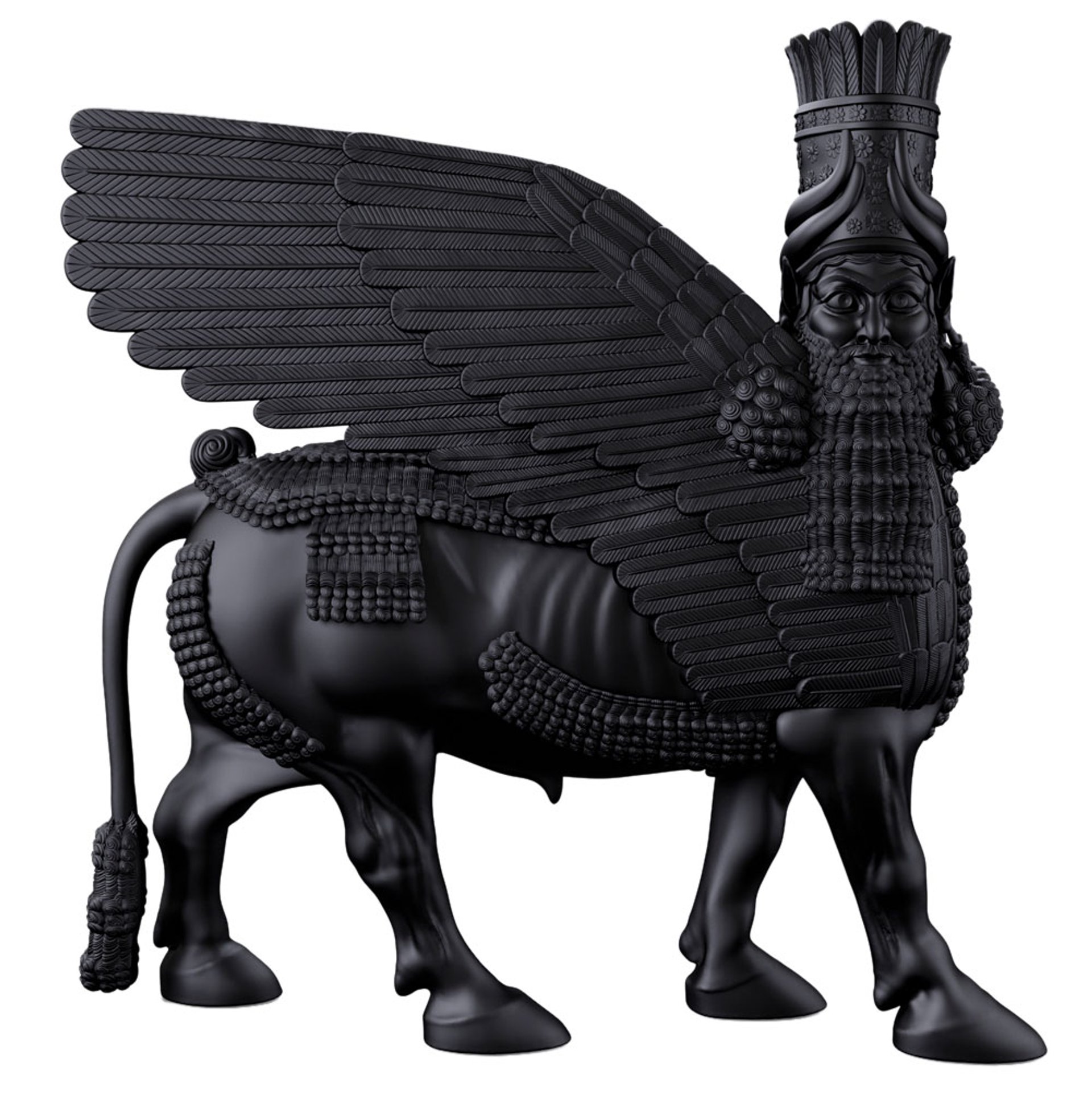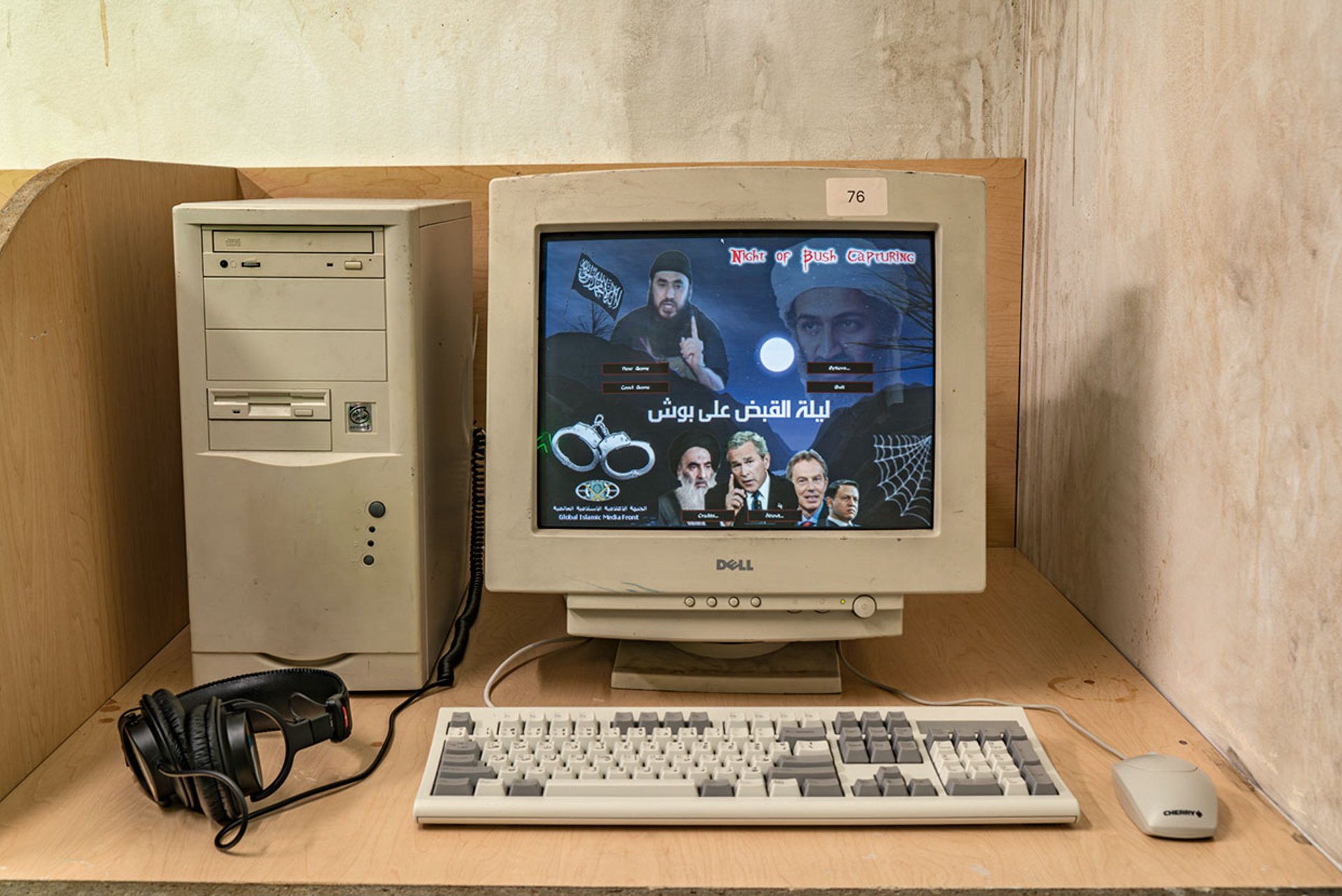Wafaa Bilal: ‘I see democracy slowly eroding now’ – The Art Newspaper
Indulge Me, a survey show devoted to the Iraqi American artist Wafaa Bilal, at the Museum of Contemporary Art Chicago (until 19 October), offers up career highlights by the provocative multi-disciplinary artist and timely reflections on the state of democracy in both Iraq and the United States.
Bilal’s work has long explored the distances between Iraq and America, the digital and the actual, the dystopian and the ideal—spaces that have compressed in interesting ways since the planning of the exhibition began three years ago. Bilal fled Najaf in 1991 after being arrested for creating anti-regime art and drafted to the frontlines in Kuwait. He lived for a time in a refugee camp in Saudi Arabia before arriving in the US in 1992. Bilal holds a BFA from the University of New Mexico and an MFA from the School of the Art Institute of Chicago, and is at present an art professor in the Tisch School of the Arts at New York University.
I’ve seen a regime like this before; I’ve lived with it
For what is likely still his most famous work, the 2007 installation and durational performance Domestic Tension, Bilal spent a month living in a room at a Chicago gallery where anyone online could shoot him via a remote-access paintball gun. The piece was named by the Chicago Tribune as “one of the sharpest works of political art to be seen in a long time”. Its materials and architecture are re-staged in the current exhibition, along with a towering projection displaying images from Bilal’s year-long performance 3rdi (2010-11), wherein he surgically affixed a camera to the back of his head, and his 2008 video game Virtual Jihadi, which examines the sanitisation of war through technology.
The exhibition includes recent works, too, such as Thumbsat Model (2024), which comprises a one-inch golden bust of Saddam Hussein fixed to a small satellite. As part of the exhibition, another edition of this work will be launched into Earth’s orbit and eventually disintegrate on re-entry.
Wafaa Bilal
Courtesy the artist
The Art Newspaper: What role has Chicago played in your development as an artist?
Wafaa Bilal: Chicago has always been a great place for me. When I left Iraq, and I arrived in the US, I was in shock; I had witnessed my own apocalypse. I lost everything. The work I produced before I came to Chicago was antagonistic and confrontational. In Chicago I was introduced to the idea of interactivity, building a platform for engagement and for the viewer to participate to complete the artwork. The University of Chicago also has one of the biggest collections of Iraqi artefacts in the world, some 250,000 items.
You have faced censorship in both Iraq and the US, where your 2008 show Virtual Jihadi was shut down by administrators at Rensselaer Polytechnic Institute in New York. How were the experiences comparable?
When Al Qaeda produced a video game in 2005 to counter the original American video game called Quest for Saddam—in which every Iraqi bore the dictator’s face—I downloaded it. I made myself the suicide bomber on a quest to assassinate President George W. Bush. My intent was to highlight the hypocrisy of the video game with its faceless Iraqis, I simply reversed the role of the hunter and the hunted. But in 2008, many Americans protested the shutting down of my show and supported me.

In Domestic Tension (2007), Bilal spent a month being shot with a paintball gun
© Wafaa Bilal; courtesy the artist
The irony is that the situation in the US now has started to mirror the political situation in Iraq. There are interesting comparisons to be made between [Donald] Trump and Saddam. I’ve seen a regime like this before; I’ve lived with it. Democracy doesn’t disappear overnight. I see democracy slowly eroding now. It’s scary—but it makes the show more relevant than ever. I just hope it survives until the end of its run.

Bilal scanned a lamassu at the Metropolitan Museum of Art and implanted it into the DNA of a grain of wheat
Courtesy the artist
You have been working with digital technologies and ancient artefacts, like the lamassu that you re-created after scanning it at the Metropolitan Museum of Art in New York and implanting it into the DNA of a grain of wheat. Were you inspired by recent developments in archaeology and digital preservation?
When I first heard about the devastation of the lamassu [in the ancient city of Nimrud in 2016] by Islamic State, what struck me was the question of why? I realised it was about erasing a culture and replacing it. This inspired me to use the grain of wheat. Cultural production is not just about carving stone; it’s about embodying a cultural way of living into the monument. I wondered: how can I make the cultural production invisible and then accessible to generations to come?

Virtual Jihadi (2008) examines the sanitisation of war through technology
Photo: Robert Chase Heishman
This led to the idea of scanning the lamassu at the Met. Then I realised that the scan needs to live somewhere where it becomes invisible, and I thought it should be connected to a grain of wheat. Wheat gave birth to Iraqi civilisation and it was harvested around rivers in Iraq, in Sumer, where humans settled for the first time. I worked closely with scientists on the technical aspect of the DNA implantation and now, at the hoof of the lamassu, you see the grain of wheat in a way that’s almost accidental, as if it’s leaking out, planting seeds of culture.
- Wafaa Bilal: Indulge Me, until 19 October, Museum of Contemporary Art Chicago




